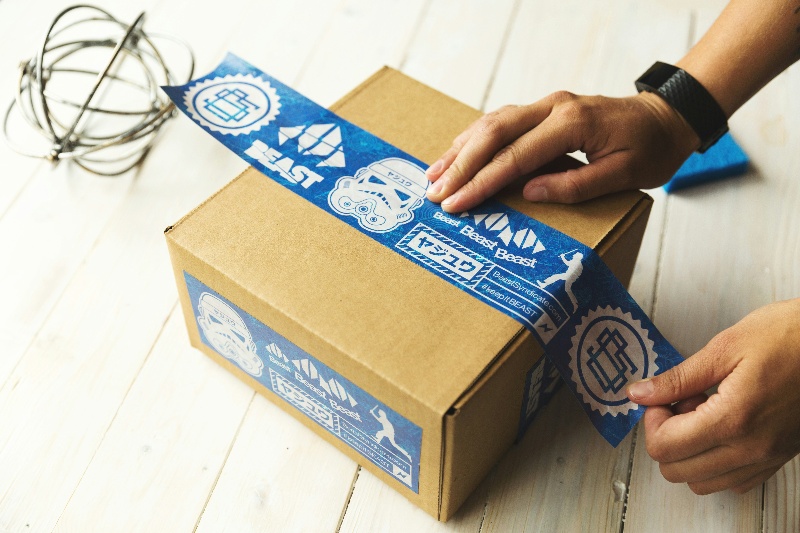10 Tricks to Write Product Descriptions That Sell in 2024
Most product descriptions are terrible. Ecommerce business owners and marketers alike are susceptible to a common copywriting mistake (even professional copywriters make it sometimes): writing product descriptions that simply describe your products.
Why is it wrong? Because great product descriptions need to augment your product pages by selling your products to real people, not just acting as back-of-the-box dispensers of information for search engines (though SEO can’t be an afterthought, of course).
What is a good product description?
A product description should answer these questions in a fun and engaging way:
● What problems does your product solve?
● What do customers gain from your product?
● What makes it better than the competition?
How to write product descriptions that sell
Online stores often make the mistake of listing product features when writing product descriptions. This likely results in lower conversions because people don’t understand how the product helps them.
Let’s look at how you can create perfect product descriptions that sell for you:
● Focus on your ideal buyer
● Entice with benefits
● Avoid "yeah, yeah" phrases
● Justify using superlatives
● Appeal to your readers' imagination
● Cut through the rational barriers with mini-stories
● Seduce with sensory words
● Tempt with social proof
● Make your description scannable
● Set goals and KPIs
Let Kua.ai write product descriptions for you
Ever wished a product description would just write itself? With Kua.ai—the AI content generator designed for ecommerce copywriting—it will. Create product descriptions in seconds and get your products in front of shoppers faster than ever.
1. Focus on your ideal buyer
Every customer has varying needs that brands need to address. That’s why it’s important to create customer persona profiles to help you identify the ideal buyer for each of your products. When writing product descriptions, you want to adjust your tone and voice depending on who the ideal buyer is. By using language that your buyers are familiar with, you’ll be able to communicate with them more effectively and describe why your product is the best solution to their needs.
When you read the product descriptions of Victoria’s Secret, it’s evident they’ve put in the time to understand what their audience wants. Their target audience is women who want to feel sexy, classy, and comfortable at the same time. So that’s why you will see words like “for everyday,” “subtle push-up lift,” “full coverage support you love,” “memory fit” and “molds to your curves.”

Remember to target only one buyer persona with each product description or you might fail to achieve some meaningful results.
2. Entice with benefits
When we sell our own products, we get excited about individual product features and specifications. We live and breathe our company, our website, and our products.
The problem is our potential buyers are not as interested in mundane features and specs. They want to know what’s in it for them—how it will address their biggest pain points. Successfully executing how to write a product description requires you to highlight those benefits of each feature and overcome cognitive bias.
A great product description example comes from Dr. Squatch. Dr. Squatch suggests that the benefit of its soap is not just that it’ll clean you up in the shower, but that the soap is actually tough enough to knock out any stench. No matter how heavy your day was. It also sneaks in some product benefits including “natural ingredients” and “exfoliating oatmeal” to appeal to its ideal buyer persona.

3. Avoid "yeah, yeah" phrases
When we’re stuck for words and don’t know what else to add to our product description, we often add something bland like “excellent product quality.”
That’s a “yeah, yeah” phrase. As soon as a potential buyer reads “excellent product quality” they think, “Yeah, yeah, of course. That’s what everyone says.”
You become less persuasive when potential buyers read your product description and start saying, “Yeah, yeah” to themselves. To avoid this reaction, be as specific as possible.
Beardbrand, for instance, doesn’t describe the quality of its styling balm as excellent. Instead they describe each detail plus its benefit.

4. Justify using superlatives
Superlatives sound insincere in a product description unless you clearly prove why your product is the best, the easiest, or the most advanced.
If your product is really the best in its category, provide specific proof why this is the case. Otherwise, tone your product copy down or quote a customer who says your product is the most wonderful they’ve ever used.
5. Appeal to your readers' imagination
Scientific research has proven that if people hold a product in their hands, their desire to own it increases.
You’re selling things online, so your web visitors can’t hold your products. Large, crystal-clear pictures or videos can help, but there’s also an ecommerce copywriting trick to increase desire: let your reader imagine what it would be like to own your product.
Here’s how Firebox stirs your imagination with a description of its Fizzics DraftPour. It shows how the product solves the problems common with going to the pub for a pint.

6. Cut through the rational barriers with mini-stories
Including mini-stories in your product descriptions lowers rational barriers against persuasion techniques. In other words, we forget we’re being sold to.
To’ak Chocolate takes storytelling one step further. In this description of aged chocolate, the brand describes how the aging process gives the product an unbelievable taste.

When it comes to using your product description to tell a story about your products, ask yourself:
● Who is making the product?
● What inspired creating the product?
● What obstacles did you need to overcome to develop the product?
● How was the product tested?
7. Seduce with sensory words
Zesty, flowery, pungent, fruity, minty…
Sensory words make readers “experience” product descriptions by planting a seed in their imagination. Science says the perception of senses is more emotional and engages our brain, so we will definitely react to them.
In this product description, Meow Meow Tweet uses this technique to describe a grapefruit mint body soap.

8. Tempt with social proof
When your web visitors are unsure about which product to purchase, they look for suggestions about what to buy. They’re often swayed to buy a product with the highest number of positive reviews and testimonials.
One gym apparel seller, Gymshark, includes customer reviews on each product page. It also displays a rating system so shoppers can get product information quickly and easily.

9. Make your description scannable
Is your web design encouraging web visitors to read your product descriptions?
Blume, a body care brand, highlights the benefits of a clay mask with a nice headline and a bullet list.

Making scannable product descriptions is easy.
●List features with bullet points
●Use bold text to highlight your points
●Write short paragraphs (one or two sentences)
10. Set goals and KPIs
The goal of a product description is to move a shopper toward purchase. But how do you know if your descriptions are working or not?
You’ll want to decide on a set of metrics to track on your product pages. Defining these metrics will help you understand what product descriptions are working best and improve on underperforming ones.
Common KPIs to monitor include:
● Conversion rate
● Cart abandonment
● Return rate
● Support inquiries
● Organic search rankings
Let Kua.ai write product descriptions for you
Ever wished a product description would just write itself? With Kua.ai—the AI content generator designed for ecommerce copywriting—it will. Create product descriptions in seconds and get your products in front of shoppers faster than ever.
Join 200,000+ Sellers Growing with Kua.ai
You may also interested...

How AI Helps Financial Advisors Turn Client Data Into Action

Unlocking Explosive Growth: The Ultimate Guide to Affiliate for Instagram for Shopify Sellers 2026













